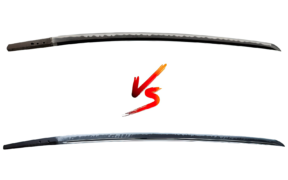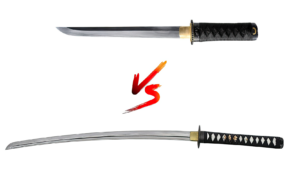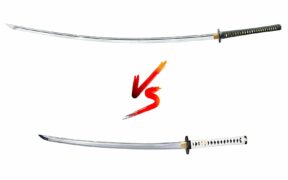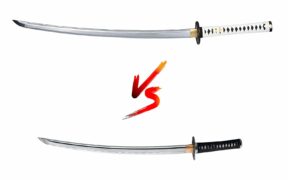Katana vs O-Katana: What is the Difference?
NO AI USED This Article has been written and edited by our team with no help of the AI
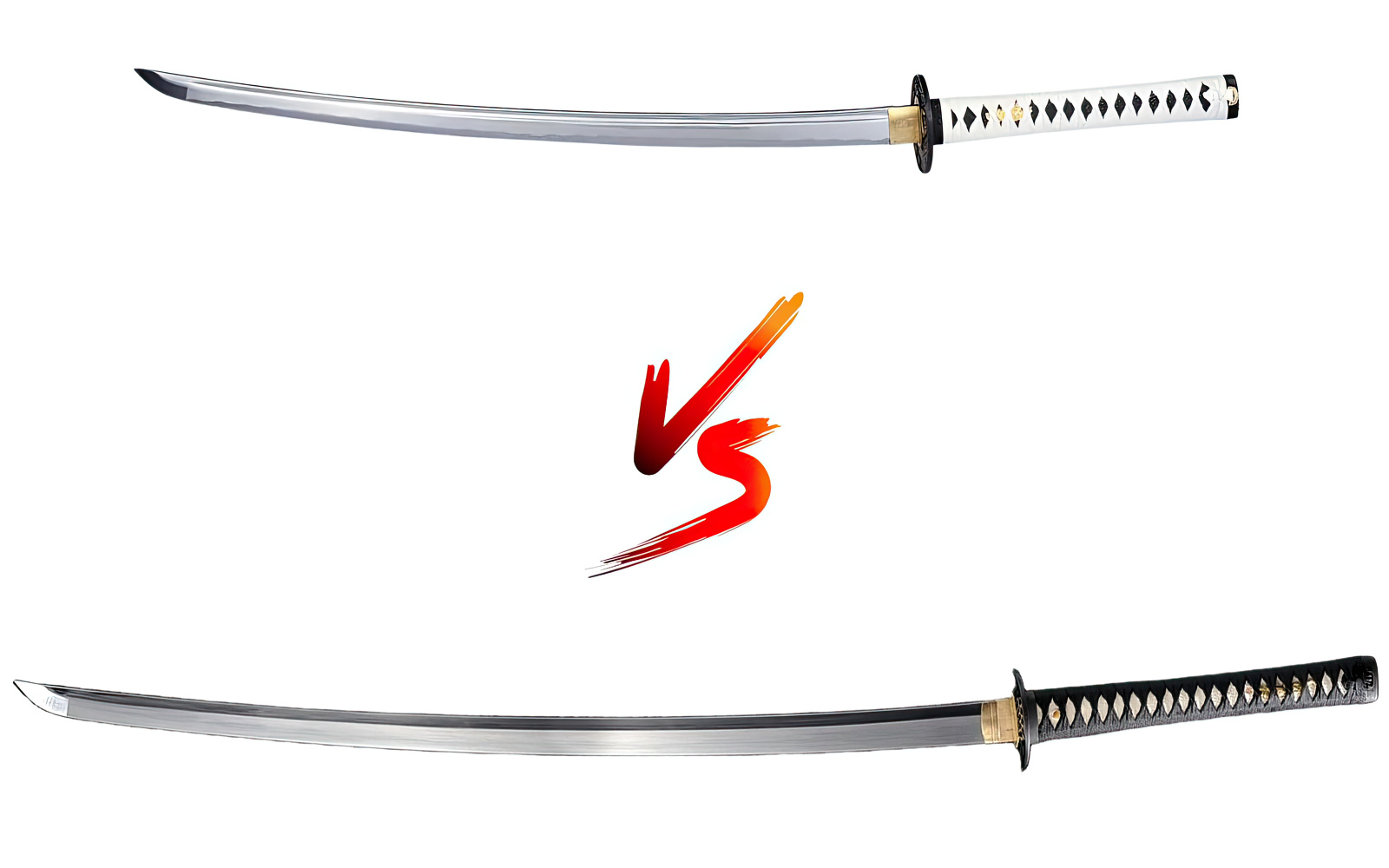
Both the katana and o-katana are classified as Japanese daito (longswords), crafted using similar techniques and designed for two-handed use. While many think they are similar, their key differences in length and weight impact their historical significance and use in combat.
This article explores their key differences, use in training, and roles throughout Japanese history.
Differences Explained
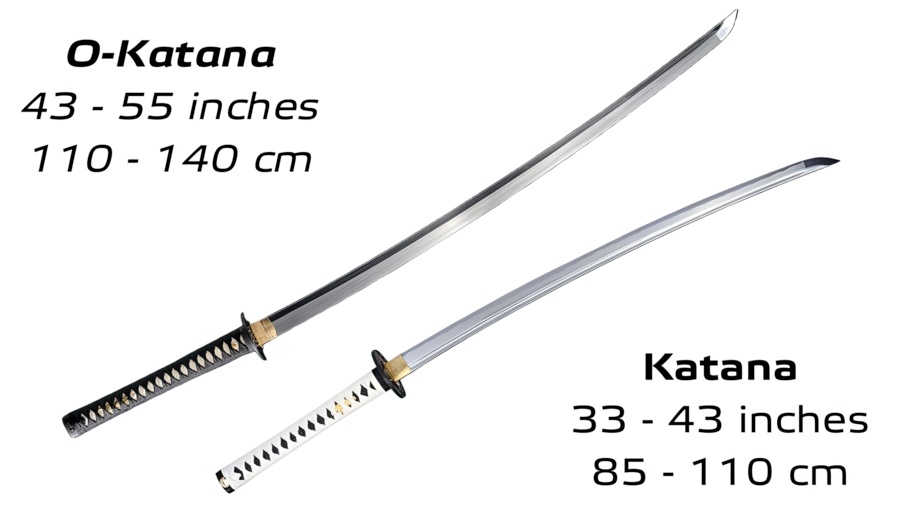
The o-katana is essentially a longer version of the standard katana, sharing the same basic design with the iconic curvature and blade profile. Typically, the o-katana measures between 43 to 55 inches (110 to 140 cm), whereas a traditional katana is around 39 inches (99 cm).
Due to its larger size, the o-katana is usually slightly heavier and often features two mekugi (bamboo pegs) to secure the handle, whereas a standard katana generally only has one.
O-Katana vs Katana: Training Preferences
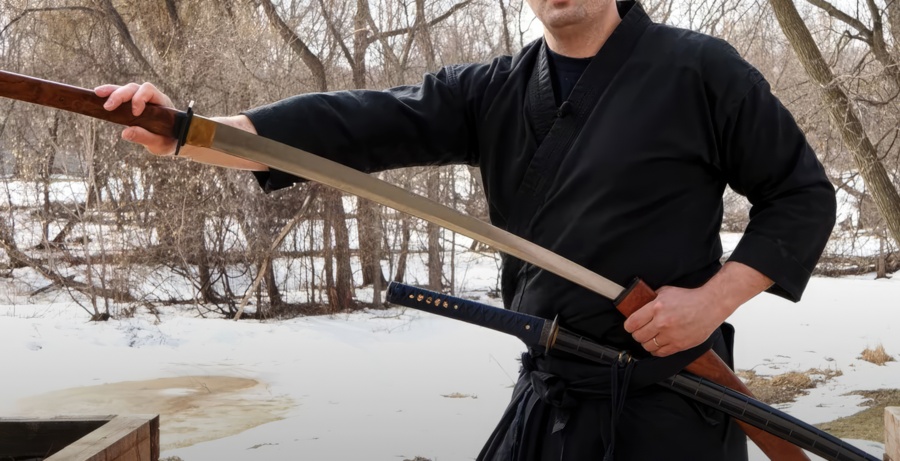
The difference between the o-katana and standard katana becomes apparent when unsheathing them during practice. The extra length of the o-katana can be ideal for taller users as the traditional katana was designed for male samurai with an average height around 63 inches (160 cm).
Since the average male height today is 68 inches (173 cm), the traditional katana may feel too short during training, where balance, control, and precision are crucial.
Matthew Jensen, an experienced Japanese sword martial artist, says, “A longer sword can be a helpful training tool if you are a taller person.”
O-Katana and Katana Sizes in History
The standardized katana we are familiar with today was developed during the Edo Period (17th-19th century), a time of relative peace in Japan under the Tokugawa shogunate. As a result, the katana evolved more into a cultural and training tool rather than a weapon of war.
However, before the Edo Period, katana sizes varied based on the user’s height and specific combat needs, especially during the Muromachi Era (14-16th century).
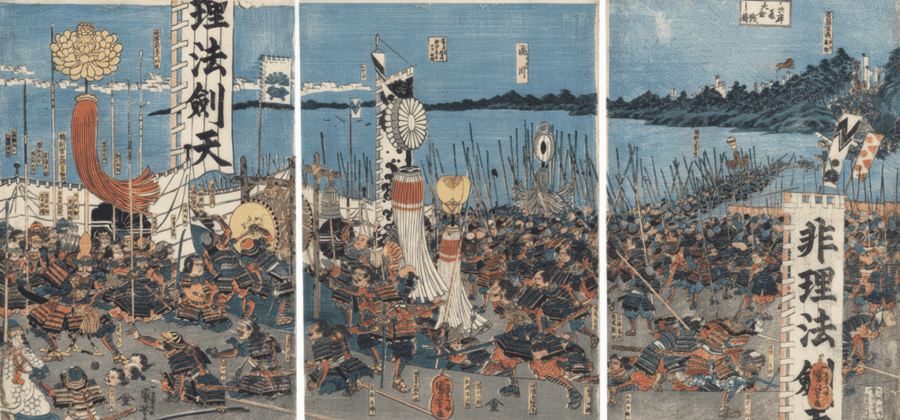
In even earlier times such as the Nanbokucho period (1336-1392) where the use of armor and heavy cavalry were frequent, larger swords such as the o-katana were required for more powerful slashing attacks.
Stephen Turnbull, a British historian concentrating on Japanese military history, explains, “…with the Nanbokucho Wars, swords regularly clashed in domestic conflicts. It is also around the time of the Nanbokucho Wars that we note the emergence of much longer-bladed swords.”
As Japan transitioned into the peaceful Edo period, many of the longer katanas were forbidden and even melted or reforged into shorter blades.
